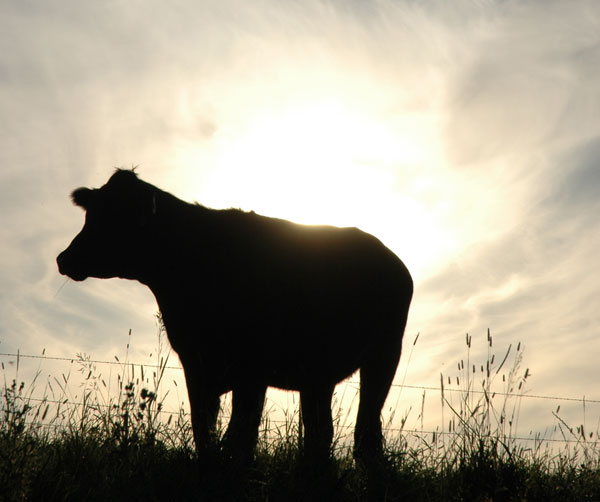Don't Handicap Our Productive Capacity
Jude Capper’s research looked at two U.S. beef-production systems identical in all ways but one: one used productivity-enhancing technology and one didn’t.
July 25, 2012

New research presented last month by Washington State University’s Jude Capper provides an eye-opening perspective on how modern technology in beef production not only feeds the world more efficiently but boosts the environment.
Capper’s peer-reviewed study found that if production technologies, such as ionophores, implants, melengestrol acetate (MGA), and beta-agonists, were withdrawn from use, the effects would be extremely stark for both humans and the planet.
The analysis showed that producing the same amount of U.S. beef without using productivity-enhancing technologies would require:
10 million more beef cattle,
17 million more acres of land for grazing and growing feed,
81 million more tons of cattle feed and
138 billion more gals. of water.
The result is that, in the U.S. alone, 18 million more metric tons of CO2 equivalent would be released into the atmosphere. What’s more, 16.9 million acres of forests would need to be destroyed in other countries to maintain global beef production, as U.S. beef supply would decrease 17%.
Capper’s research looked at two U.S. beef-production systems identical in all ways but one: one used productivity-enhancing technology and one didn’t.
The conventional system included FDA-approved ionophores, implants, MGA and beta-agonists used at current adoption rates.
The no-technology system didn’t use these products.
A whole-system, environmental and natural resource model was used to determine the effects of using each system to produce the same amount of beef. The model included all inputs and outputs throughout beef production, from the manufacture of cropping inputs (fertilizers and pesticides) to the arrival of animals at the processor.
Dermot Hayes, Iowa State University economist, then fed the results into the Center for Agricultural and Rural Development model – which includes a greenhouse-gas assessment – to understand the global ag-production and trade consequences.
“Our goal was to make this research as accurate and as real as possible,” Capper says. “That’s why we turned to the best available resources, from the models used to prepare briefings for U.S. trade representatives and congressional leaders, to the newly developed whole-system environmental model.”
The consequences were clear: “Losing the ability to use safe, approved technologies will create significant environmental and economic challenges that are undesirable and unnecessary,” Capper says.
According to the UN’s 2011 World Livestock Report, by decade’s end, the world will need to produce 20% more meat and poultry than today. By 2050, demand is expected to grow by about 75%. Can we afford to handicap our productive capacity by not using all the proven tools?
About the Author(s)
You May Also Like


.png?width=300&auto=webp&quality=80&disable=upscale)
